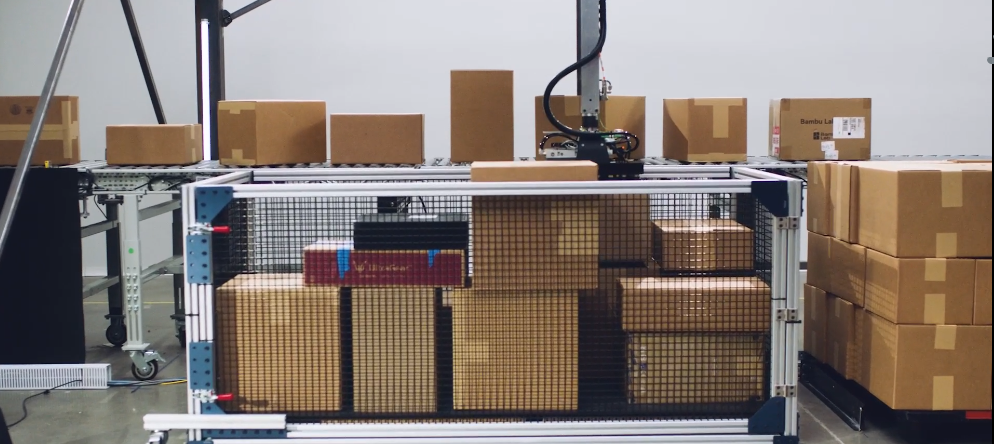The Market Impact of AI-Powered Automation in Logistics
The unveiling of AI-driven robots marks a significant turning point in warehouse and logistics operations. As e-commerce and global supply chains demand faster fulfillment and more precise inventory management, AI-powered robotics are emerging as a solution to streamline operations, reduce costs, and enhance efficiency at scale. With increasing labor shortages and rising operational costs, automation is shifting from a competitive advantage to an operational necessity.
AI-driven warehouse robots are evolving beyond simple programmed automation, now equipped with advanced machine learning models capable of real-time decision-making. These systems can dynamically optimize sorting, picking, and inventory management tasks, reducing human intervention while improving accuracy. Companies investing in AI-powered automation stand to gain a stronger market position, with improved speed and flexibility driving customer satisfaction and operational efficiency.
A Data-Driven Approach to Smarter Sorting
One company leading this transformation is Ambi Robotics, which introduced Prime-1 on January 15, 2024, an AI foundation model designed for robotic sorting in commercial warehouses. Prime-1, short for Production-Ready Industrial Manipulation Expert, leverages self-supervised deep learning to enable smarter and more adaptable warehouse robots. Pre-trained on over 20 million images collected from 150,000 operational hours, the model enhances robotic perception and responsiveness in dynamic logistics environments.
By leveraging AI models like Prime-1, companies can improve their robotic sorting and picking processes, reducing errors and accelerating throughput. As AI continues to advance, warehouse robotics will become even more autonomous, minimizing the reliance on manual labor and mitigating the challenges posed by unpredictable demand fluctuations.
A Step Toward Scalable, Adaptable Warehouse Robotics
The implications of AI-driven automation extend far beyond individual companies. As businesses integrate AI-powered robots into their supply chain ecosystems, they gain the ability to scale operations without the constraints of labor shortages or unpredictable logistics challenges. The ability to handle higher order volumes with precision and efficiency will redefine competitive advantage in industries reliant on rapid fulfillment.
Jeff Mahler, Ambi’s co-founder and chief technology officer, emphasized the strategic importance of AI-powered robotics. “With Prime-1, we’re addressing the most pressing challenge in warehouse robotics: the need for adaptable, scalable solutions that evolve with operational demands and amplify return on investment.”
As the technology matures, AI-driven warehouse robotics will not only enhance logistics efficiency but also transform workforce dynamics. Companies that proactively invest in AI-powered automation will be better positioned to meet evolving market demands, enhance resilience, and create more agile supply chains.
AI-driven warehouse robotics are fundamentally reshaping logistics by enhancing efficiency, reducing costs, and optimizing fulfillment speed. Companies that integrate these technologies gain a strategic advantage, streamlining operations with data-driven precision. This transformation goes beyond simple automation—it is about building an intelligent, self-optimizing supply chain capable of adapting in real time to fluctuations in demand, labor availability, and unexpected disruptions. Over the next year, AI will become integral to warehouse operations, refining predictive analytics in procurement, optimizing inventory management, and enabling faster, more efficient logistics. For executives, scaling AI-powered automation is not just a strategic move—it is essential to maintaining competitiveness in an increasingly complex market.








